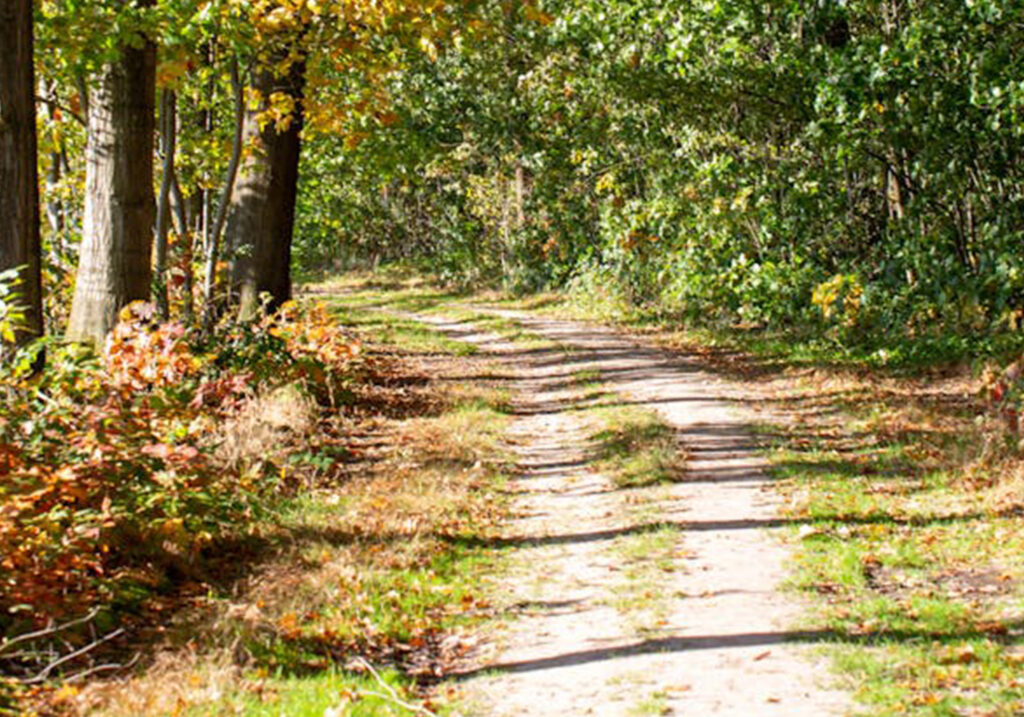A pole barn, also known as a post-frame building, is a structure that has become popular among property owners and farmers. These structures are versatile, affordable, and durable.
Pole barns are commonly used for agricultural purposes, such as housing livestock or storing equipment, but have also found their place in residential and commercial construction. An eco-friendly pole barn, however, goes beyond traditional pole barn designs by incorporating sustainable building practices and environmentally friendly materials to minimize its environmental footprint.
In this article, the experts at Lion Barns explore what makes a pole barn eco-friendly, the benefits of choosing an eco-friendly pole barn, and the various ways you can create a more sustainable and green structure. We will also look at the materials and construction methods that contribute to making pole barns more energy-efficient, reduce waste, and contribute to a greener future.
Understanding the Traditional Pole Barn
Before diving into the specifics of an eco-friendly pole barn, it’s important to understand the basic concept of a pole barn. A pole barn is a structure that uses large poles (or posts) set into the ground as the primary support for the building. These poles are typically made of wood or steel and are spaced at regular intervals to create a strong, stable frame. Once the posts are in place, horizontal beams are attached to the poles to form the walls and roof structure. The roof is usually pitched, and the building can be enclosed with a variety of materials such as metal, wood, or other cladding.
The traditional pole barn is known for its simplicity and efficiency in construction, making it a cost-effective choice for many types of buildings. However, the environmental impact of these buildings depends largely on the materials used and the construction methods employed. In an eco-friendly pole barn, the focus shifts to reducing waste, using sustainable resources, and designing the building for energy efficiency.
Key Features of an Eco-Friendly Pole Barn
An eco-friendly pole barn is designed with sustainability in mind at every stage of the construction process, from the selection of materials to the energy efficiency of the finished structure. Here are some of the key features that distinguish an eco-friendly pole barn from a traditional one:
1. Sustainable Materials
The materials used in the construction of an eco-friendly pole barn are crucial to its environmental impact. Sustainable materials are those that are renewable, recyclable, or have minimal environmental impact during production. Common sustainable materials for eco-friendly pole barns include:
- Wood from sustainable sources: Using wood that is harvested from certified sustainable forests ensures that the timber used in the construction of the pole barn does not contribute to deforestation. Certifications such as those from the Forest Stewardship Council (FSC) help guarantee that the wood comes from responsibly managed forests.
- Recycled steel: Steel is a durable material that can be recycled indefinitely without losing its strength. By using recycled steel in the framing, roofing, and siding of the pole barn, builders can reduce the need for new raw materials and decrease the environmental impact of the building.
- Insulated panels: Insulated metal panels (IMPs) are often used for the walls and roofs of eco-friendly pole barns. These panels offer high thermal efficiency, reducing the need for additional insulation and helping to keep the building comfortable year-round.
- Natural insulation materials: Eco-friendly insulation materials, such as cellulose made from recycled paper or cotton batt insulation, are often used in sustainable pole barn designs. These materials provide excellent thermal resistance while being less harmful to the environment compared to conventional fiberglass insulation.
2. Energy Efficiency
One of the main goals of an eco-friendly pole barn is to reduce energy consumption over its lifetime. To achieve this, several design elements and technologies can be incorporated into the building’s structure:
- Solar panels: Installing solar panels on the roof of a pole barn can help generate renewable energy on-site, reducing reliance on grid power. Solar energy can be used to power lighting, ventilation systems, and other electrical needs in the building. Excess energy can even be stored in batteries or fed back into the grid, further reducing the building’s environmental footprint.
- Energy-efficient lighting: Using LED lights or other energy-efficient lighting solutions can help reduce the energy consumption of the pole barn. These lights last longer, consume less power, and generate less heat, which can also contribute to a cooler, more comfortable building environment.
- Ventilation and natural light: Proper ventilation and the use of natural light can reduce the need for artificial heating and cooling. Skylights, windows, and ventilated roof systems can allow air to flow through the building, reducing the need for air conditioning during warmer months. Large windows also provide ample natural light, reducing the need for electric lighting during the day.
- High-performance insulation: Proper insulation is key to maintaining a comfortable temperature inside the building while reducing the need for heating and cooling. Eco-friendly pole barns often use high-performance insulation in the walls and roof to keep the building warm in the winter and cool in the summer, reducing the overall energy load.
3. Waste Reduction
In any construction project, waste is an inevitable byproduct, but an eco-friendly pole barn aims to minimize this waste through careful planning and sustainable construction practices. Some strategies for reducing waste in pole barn construction include:
- Recycling materials: Recycled materials, such as reclaimed wood, metal, or concrete, can be used in the construction of the building. This reduces the demand for virgin materials and helps divert waste from landfills.
- Modular construction: Many eco-friendly pole barns are built using modular construction techniques, where components are pre-fabricated off-site and then assembled on location. This process generates less waste on-site and allows for more efficient use of materials.
- Efficient use of materials: Properly calculating material needs before starting construction can help prevent over-ordering and minimize the leftover materials that need to be disposed of. Additionally, builders may opt for materials that can be easily repurposed or recycled at the end of the building’s life.
4. Sustainable Site Development
The site where the pole barn is built plays a significant role in its environmental impact. Eco-friendly pole barns often involve sustainable site development practices, such as:
- Low-impact foundations: Traditional concrete foundations can be resource-intensive and have a large environmental footprint. In contrast, an eco-friendly pole barn may use a pier foundation system, which involves fewer materials and minimizes the impact on the surrounding landscape. This type of foundation also allows for better water drainage and less disruption to the natural ecosystem.
- Rainwater harvesting: An eco-friendly pole barn may incorporate a rainwater harvesting system, where rainwater is collected from the roof and stored in tanks for later use. This water can be used for irrigation, cleaning, or even indoor plumbing, reducing the need for municipal water supplies.
- Landscaping with native plants: Landscaping around the pole barn can be designed to support local ecosystems by using native plants that require minimal irrigation and maintenance. This not only reduces water usage but also helps support local wildlife and biodiversity.
Benefits of Building an Eco-Friendly Pole Barn
Building an eco-friendly pole barn offers a range of benefits, both for the environment and the owner. These benefits include:
- Reduced environmental impact: By using sustainable materials, energy-efficient systems, and waste-reducing practices, eco-friendly pole barns contribute to reducing carbon emissions and conserving natural resources.
- Lower long-term operating costs: With energy-efficient features such as insulation, solar panels, and natural ventilation, eco-friendly pole barns can significantly reduce utility bills over time. This makes them a smart investment for homeowners, farmers, or business owners looking to lower their operational costs.
- Increased property value: Eco-friendly features are increasingly becoming a selling point for potential buyers. A well-built, sustainable pole barn can add value to your property by appealing to environmentally conscious buyers.
- Improved indoor comfort: The insulation and ventilation features of an eco-friendly pole barn help maintain a comfortable indoor environment throughout the year, with minimal reliance on artificial heating and cooling.
Conclusion
An eco-friendly pole barn is a great building option that mixes environmentally conscious design elements, materials, and construction methods to reduce its ecological footprint. It focuses on sustainable materials, energy efficiency, waste reduction, and sustainable site development, so that these buildings provide a functional and green solution for a variety of uses.
Whether you are looking to build a barn for agricultural purposes, a storage shed, or even a residential structure, opting for an eco-friendly pole barn is a smart way to reduce your environmental impact and lower long-term costs while enjoying the many benefits of a sustainable building.

